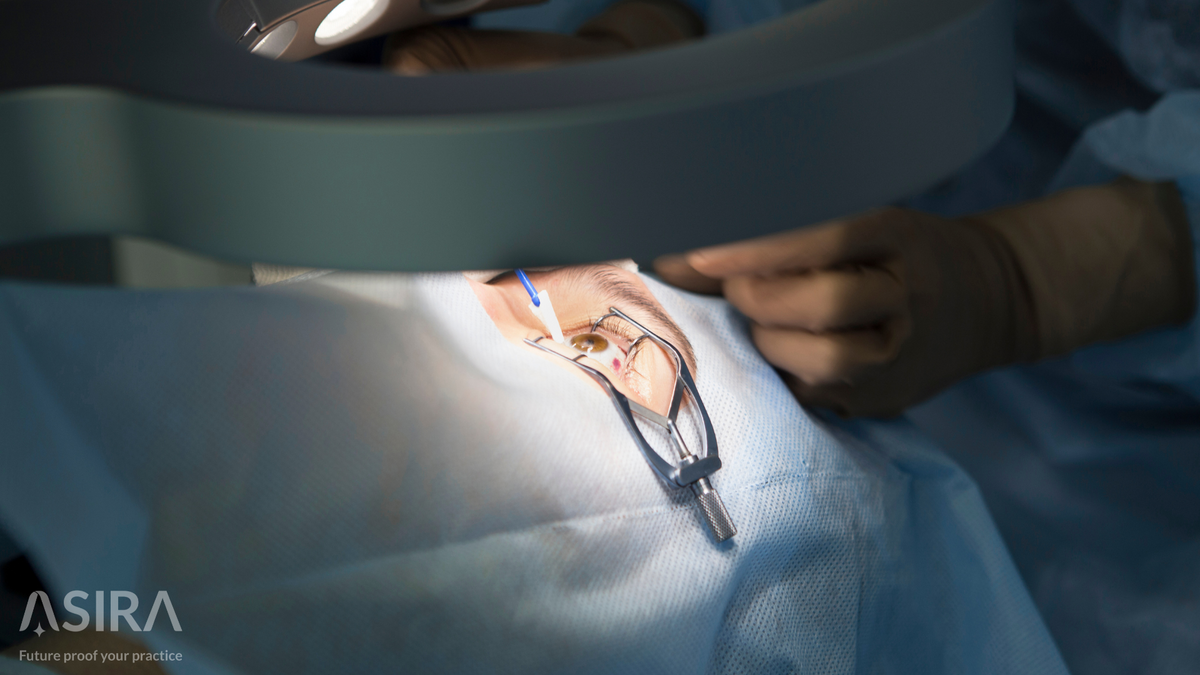How to Advise Your Patient When They Ask About Refractive Surgery
When a patient asks about refractive surgery, it's important to provide available options, their benefits, risks, and suitability based on the patient’s specific needs and ocular health.

As an optometrist, you play a crucial role in guiding your patients through their eye care journey, which often includes discussions about refractive surgery. Patients may consider refractive surgery to reduce or eliminate their dependence on glasses or contact lenses. When a patient asks about refractive surgery, it's important to provide a comprehensive overview of the available options, their benefits, risks, and suitability based on the patient’s specific needs and ocular health.
This blog post will explore the different types of refractive surgeries, the pros and cons of each, and how to decide which type might be most suitable for various types of patients.
Types of Refractive Surgery
Refractive surgery encompasses various procedures aimed at correcting refractive errors such as myopia, hyperopia, astigmatism, and presbyopia. Here are the most common types:
- Laser-Assisted In Situ Keratomileusis (LASIK)
- Photorefractive Keratectomy (PRK)
- Small Incision Lenticule Extraction (SMILE)
- Refractive Lens Exchange (RLE)
- Implantable Collamer Lenses (ICL)
1. Laser-Assisted In Situ Keratomileusis (LASIK)
Overview:
LASIK is one of the most popular types of refractive surgery. It involves creating a thin flap on the cornea, reshaping the underlying corneal tissue with an excimer laser to correct the refractive error, and then repositioning the flap.
Pros:
- Quick Recovery: Most patients experience rapid visual recovery, often within 24 to 48 hours.
- Minimal Discomfort: LASIK generally causes less discomfort post-operatively compared to PRK.
- High Success Rate: LASIK has a high success rate for correcting refractive errors like myopia, hyperopia, and astigmatism.
- Long-Term Stability: The procedure offers long-term stability in vision correction.
Cons:
- Flap Complications: There is a risk of flap complications such as dislocation or infection.
- Dry Eyes: LASIK can exacerbate dry eye symptoms, especially in patients with pre-existing dry eye conditions.
- Corneal Ectasia Risk: In rare cases, LASIK can weaken the cornea, leading to ectasia, particularly in patients with thin corneas or undiagnosed keratoconus.
Best Suited For:
- Patients with Mild to Moderate Myopia: LASIK is ideal for patients with mild to moderate levels of myopia and astigmatism.
- Stable Prescription: Patients should have a stable prescription for at least a year before considering LASIK.
- Sufficient Corneal Thickness: Candidates must have adequate corneal thickness to allow for the creation of a flap and corneal reshaping.
2. Photorefractive Keratectomy (PRK)
Overview:
PRK was the first type of laser eye surgery for vision correction and remains a popular option. Instead of creating a corneal flap, PRK involves removing the outer layer of the cornea (epithelium) and then reshaping the cornea with a laser.
Pros:
- No Flap Creation: Since there’s no flap, there’s no risk of flap-related complications.
- Suitable for Thin Corneas: PRK is a safer option for patients with thinner corneas who are not suitable candidates for LASIK.
- Reduced Risk of Ectasia: PRK is less likely to weaken the cornea than LASIK, reducing the risk of ectasia.
Cons:
- Longer Recovery Time: Visual recovery is slower with PRK compared to LASIK, often taking several days to a few weeks.
- More Discomfort: PRK typically causes more discomfort in the first few days after surgery due to the removal of the corneal epithelium.
- Haze Risk: There is a small risk of corneal haze, which can affect visual clarity, especially with higher prescriptions.
Best Suited For:
- Patients with Thin Corneas or Irregular Corneas: PRK is ideal for patients who are not candidates for LASIK due to thin or irregular corneas.
- Active Individuals: Those engaged in contact sports or activities where a flap could be dislodged (e.g., martial arts) may prefer PRK.
- Patients with Mild to Moderate Myopia or Astigmatism: Similar to LASIK, PRK is effective for mild to moderate myopia and astigmatism.
3. Small Incision Lenticule Extraction (SMILE)
Overview:
SMILE is a minimally invasive laser eye surgery that involves creating a small incision in the cornea and removing a lenticule (a small disc-shaped piece of corneal tissue) to reshape the cornea and correct refractive errors.
Pros:
- Minimally Invasive: SMILE requires a smaller incision than LASIK, reducing the risk of complications related to flap creation.
- Less Dry Eye Risk: The procedure is less likely to induce dry eye symptoms because fewer corneal nerves are disrupted.
- Suitable for Higher Myopia: SMILE is effective for correcting higher levels of myopia than LASIK or PRK.
Cons:
- Longer Visual Recovery: While recovery is quicker than PRK, it is generally slower than LASIK.
- Limited to Myopia and Astigmatism: SMILE is currently approved for the correction of myopia and astigmatism but not for hyperopia.
- Less Established: SMILE is a newer procedure with less long-term data compared to LASIK and PRK.
Best Suited For:
- Patients with Moderate to High Myopia: SMILE is ideal for patients with moderate to high myopia who are not candidates for LASIK or PRK.
- Patients with Dry Eyes: Because it’s less likely to induce dry eye symptoms, SMILE is suitable for patients with pre-existing dry eye conditions.
- Active Lifestyle: The smaller incision and absence of a flap make it a good choice for patients engaged in physical activities.
4. Refractive Lens Exchange (RLE)
Overview:
RLE, also known as clear lens extraction, involves removing the eye’s natural lens and replacing it with an artificial intraocular lens (IOL) to correct refractive errors. It’s similar to cataract surgery but performed primarily for refractive purposes.
Pros:
- Effective for Presbyopia and High Hyperopia: RLE is an excellent option for patients with presbyopia or high hyperopia who are not suitable candidates for corneal-based surgeries.
- Prevents Cataracts: Since the natural lens is removed, patients are no longer at risk of developing cataracts.
- Broad Range of Correction: RLE can correct a wide range of refractive errors, including high myopia, hyperopia, and astigmatism.
Cons:
- Invasive Procedure: RLE is more invasive than corneal refractive surgeries like LASIK and PRK.
- Higher Risk of Complications: There’s a higher risk of complications such as retinal detachment, especially in highly myopic patients, and intraocular lens dislocation.
- Longer Recovery Time: Visual recovery may take longer, and patients may need time to adjust to the new lens.
- Loss of Accommodation: A younger patient will completely lose the ability to accommodate in the absence of the crystalline lens, therefore would have to be fitted with a presbyobic IOL design, which may come with its own set of adaptation issues.
Best Suited For:
- Older Patients with Presbyopia: RLE is suitable for patients over 45 with presbyopia or those with both early cataracts and refractive errors.
- Patients with High Hyperopia or Thin Corneas: It’s ideal for those who aren’t candidates for LASIK, PRK, or SMILE due to high hyperopia or thin corneas.
- Patients Seeking Permanent Correction: RLE provides a more permanent solution for refractive errors and is not affected by the age-related changes of the cornea.
5. Implantable Collamer Lenses (ICL)
Overview:
ICL surgery involves implanting a collamer lens inside the eye, between the iris and the crystalline lens, to correct refractive errors. It’s similar to wearing a contact lens inside the eye, permanently.
Pros:
- Reversible Procedure: ICL can be removed or replaced if needed, making it a reversible option.
- Suitable for High Refractive Errors: ICL is effective for patients with high myopia, hyperopia, or astigmatism who are not candidates for laser-based procedures.
- No Corneal Tissue Removal: The cornea remains intact, reducing the risk of corneal complications and dry eye.
Cons:
- Surgical Risks: As an intraocular procedure, there are risks of cataracts, increased intraocular pressure, glaucoma and uveitis.
- Cost: ICL is generally more expensive than laser-based refractive surgeries.
- Longer Recovery: The recovery process may take longer, and there is a risk of needing further surgery to adjust or replace the lens.
Best Suited For:
- Patients with High Myopia or Thin Corneas: ICL is ideal for patients with high levels of myopia or those with thin or irregular corneas unsuitable for LASIK or PRK.
- Patients Looking for a Reversible Option: Those who prefer a reversible procedure may opt for ICL.
- Younger Patients: ICL is suitable for younger patients who are not yet candidates for lens-based procedures like RLE.
How to Decide Which Type of Refractive Surgery Is Most Suitable for Each Patient
Deciding on the most suitable type of refractive surgery for a patient involves a thorough assessment of several factors:
- Refractive Error and Prescription Stability: The type and degree of refractive error (myopia, hyperopia, astigmatism, presbyopia) play a crucial role. LASIK, PRK, and SMILE are generally effective for myopia and astigmatism, while RLE and ICL may be better for high hyperopia or presbyopia. Ensure that the patient's prescription has been stable for at least a year before considering surgery.
- Corneal Thickness and Health: Corneal thickness and overall health are critical in determining candidacy for LASIK and PRK. Patients with thin corneas may be better suited for PRK, SMILE, or ICL. Those with pre-existing corneal disease, such as dystrophy or ectasia should refrain for undergoing any corneal refractive surgery and may rather opt for ICL or RLE.
- Age and Lifestyle: Younger patients may benefit more from LASIK, PRK, or SMILE, while older patients with presbyopia might consider RLE. Additionally, lifestyle factors such as participation in contact sports or professions with a higher risk of eye trauma can influence the choice, with PRK or SMILE being preferable.
- Ocular Surface Health: Patients with dry eye syndrome or other ocular surface diseases should be carefully evaluated. SMILE and ICL are less likely to exacerbate dry eye symptoms compared to LASIK.
- Patient Expectations and Comfort Level: Understanding a patient's expectations and comfort level with surgical procedures is crucial. Some may prefer a reversible option like ICL, while others may seek a permanent correction like RLE.
- Medical and Ocular History: A comprehensive review of the patient’s medical and ocular history is essential. Conditions like glaucoma, autoimmune diseases, or previous ocular surgeries may affect the suitability of certain procedures.
- Risk Tolerance and Recovery Time: Different procedures come with varying risks and recovery times. Patients need to understand these differences and choose a procedure aligned with their risk tolerance and ability to take time off for recovery.
Conclusion
As an optometrist, your role in advising patients about refractive surgery is vital. Understanding the different types of surgeries, their benefits, and limitations allows you to provide personalised recommendations based on each patient's unique needs. By carefully evaluating factors like refractive error, corneal health, lifestyle, and patient expectations, you can help guide your patients to the most suitable refractive surgery option, ensuring optimal outcomes and patient satisfaction.
ASIRA is a simple and secure, cloud-based software tool, built BY optometrists FOR optometrists, that helps eye care professionals reduce the time and effort required to maintain clinical records, schedule appointments, generate bills, manage inventory and much more!
To find out more, visit www.asira.health and sign up for a 30-Day FREE TRIAL! If you're a new practice owner or a fresh graduate thinking of entrepreneurship, visit www.asira.health/optompreneur to learn how ASIRA can help reduce your costs and increase revenue.

